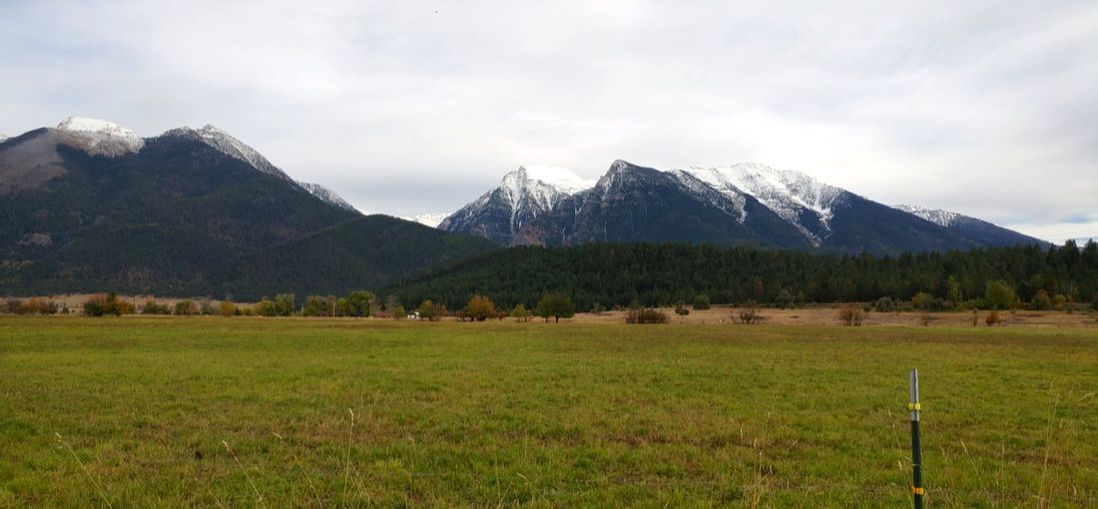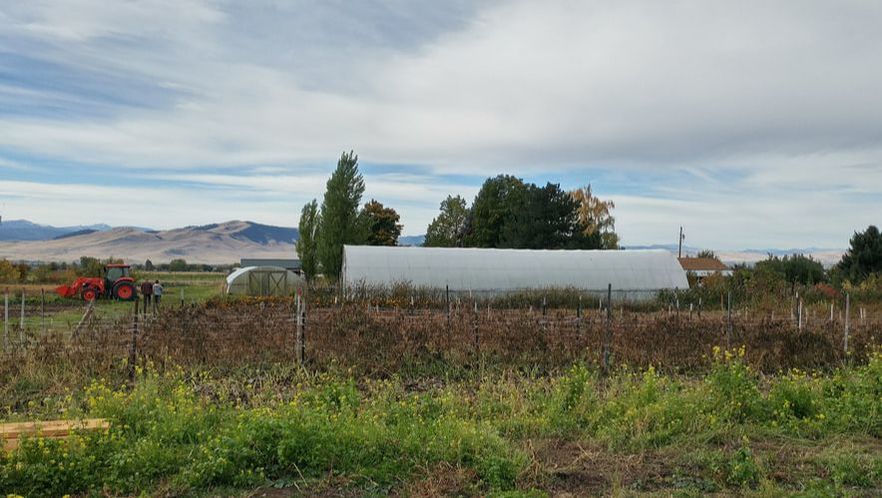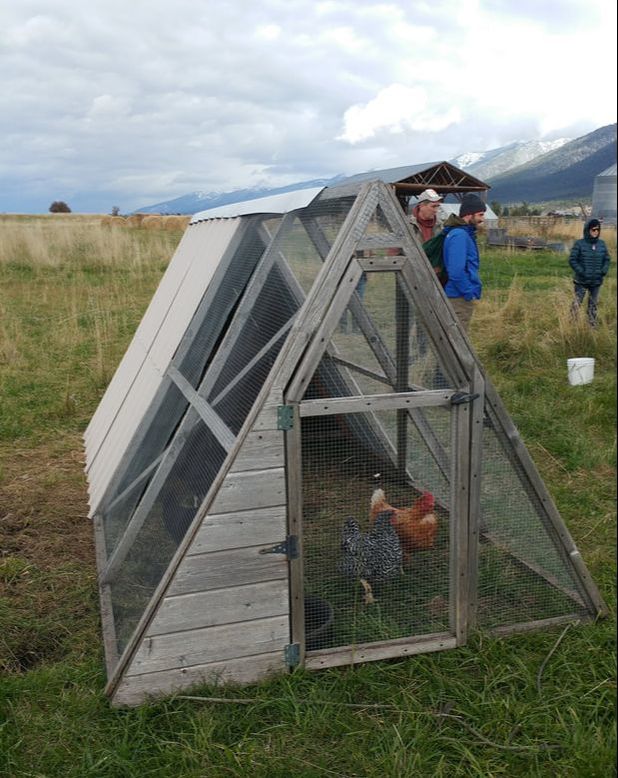|
Lance and I had the opportunity to attend Armed to Farm: Sustainable Agriculture Training For Military Veterans in Charlo, MT, last Oct. The Mission Valley area was stunning and loaded with farmers. We stayed at NinePipes Lodge on the Flathead Indian Reservation. There's a coffee and gift shop, restaurant, dining hall and meeting room on site.
ATTRA is the Appropriate Technology Transfer for Rural Areas. They are the program implemented by NCAT in partnership with the USDA to reach rural communities with training materials, resources, and other programs. NRCS, the Natural Resources Conservation Service, provides farmers and ranchers with financial and technical assistance to voluntary put conservation on the ground, not only helping the environment but agricultural operations, too. They have many cost-share programs and grants to help small farms. All of the farms we toured were part of the Western Montana Growers Cooperative. Fifty plus farms work together to market directly through a CSA (Community Supported Agriculture) and share the risk of farming. This gives them control over their profits, keeping more cash in their pockets. We visited Foothill Farm where they raised pastured beef and had high tunnels of market produce. We helped them plant a field of seed garlic bulbs to raise for more seed garlic. Several of the farms, Ginger Roots Farm included, were growing seed garlic. Many also had high tunnels of heirloom tomatoes. Foothills Farm also had a small "A" Frame style apartment they used seasonally for farm hands. When not in use otherwise they rented it out as an Air B&B, charging about $100 a night. See it here: https://www.airbnb.com/rooms/355734 Ploughshare Farm had several high tunnels of tomatoes and produce and a giant commercial grocer-sized walk-in refrigerator cooled with a specially converted air conditioner unit called a CoolBot. Another, Fresh Roots Farm, was growing seeds for watermelons, carrots, strawberries and herbs. They were wasting the flesh of the plants they were growing because they only needed the seeds. By developing unique fruit, herb, and vegetable popsicles from what they had been wasting they turned it into profit. They market the Flare Pops cool treats at grocers and community events.
One of the most fascinating things to us were the miles of canals. The farms have water rights to draw from ditches and the canals for irrigation. Several farms had underground and above ground irrigation pipes they had cost-shared with NRCS. Water is so critical for livestock and gardening. It can make or break an operation.
Debt was another big conversation we had with many of the farmers. The farmer that spoke of his large-scale chicken operation made it clear he couldn't operate without a heavy debt load. We were encouraged to avoid debt but to utilize it when necessary to expand. It's a calculated risk that they were all very familiar with. Although a good portion of the materials were specific to Montana we did learn a lot about farming as a business. We left seriously discussing whether we wanted to take our homestead to the next level or take a step back to hobby status. More to come soon! Lorinda
0 Comments
Your comment will be posted after it is approved.
Leave a Reply. |
Copyright 2010-2024 North Woods Homestead, LLC, all rights reserved.
All text and images are sole property of North Woods Homestead, LLC,
and cannot be used without written permission.
All text and images are sole property of North Woods Homestead, LLC,
and cannot be used without written permission.
Proudly powered by Weebly









